
Childcare Activities
Mindfulness Activities for Kids
Mindfulness Activities for Kids
- Describing emotions
- Listening circle
- Looking at clouds
- Bubble balloon game
- Texture bag
- Guided relaxation/visualisation
- Yoga
- Mindful breathing
How to promote mindfulness in preschool settings
The world is an increasingly busy place, even for very young children, and can often seem overwhelming. The ability to step back from this busyness and create calm, reflective spaces in our lives is beneficial to our mental health. There is plenty of research backing a mindfulness curriculum for older children, but also growing evidence to support age-appropriate approaches at the preschool stage.
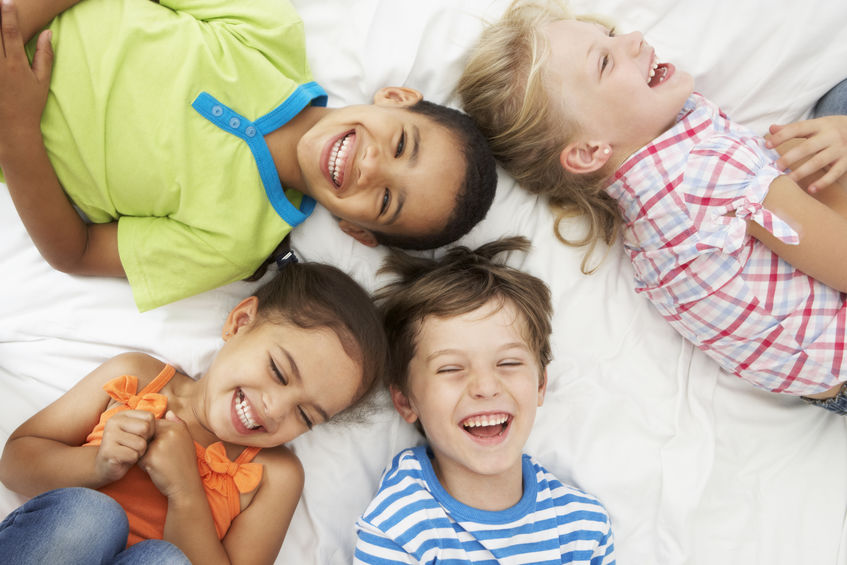
What is mindfulness, and why is it important?
Mindfulness is about focusing on the present, and being aware of what is going on both inside and outside, in a non-judgmental way. It’s about noticing physical sensations and emotional responses, as well as your connection to other people and to your surroundings.
Practising these skills of focusing and noticing can be hugely beneficial to preschool children in several ways:
- It helps to increase their attention span
- It helps them to understand and regulate their emotions
- It helps with stress management and general wellbeing
- It helps them become more aware of their bodies and their senses
- It helps to build a connection with the natural world
- It helps them to develop empathy and compassion for others
Sign Up to Receive this 20-Part Activity Email Series
How to approach mindfulness with preschool children
The most important thing to remember when practising mindfulness with preschool children is that it should be done in an age-appropriate way. There are plenty of mindfulness activities for kids to be found online, but bear in mind that these may need to be adapted to suit very young children (see section below for some suggestions on suitable activities).
Here are some tips on approaching mindfulness activities for kids in preschool settings:
- Be realistic about what you can expect to achieve – the idea is to gently introduce them to the concept and build a foundation for developing the relevant skills
- Practise regularly and repeat activities, but keep them short
- Foster a positive association with mindfulness by making activities fun and encouraging playfulness – there’s no need to be too ‘serious’ about it
- Do something really energetic immediately beforehand, so that the children are more inclined to rest and be calm, and less likely to wriggle about
- Tap into and extend activities that you already know the children enjoy doing, eg sensory play
- Keep instructions simple and don’t over-theorise about what you’re doing; use words and phrase that the children can easily understand, eg ‘what do you notice’ and ‘how do you feel’
- Model mindfulness yourself, by describing what you can see/hear/feel and empathising with others
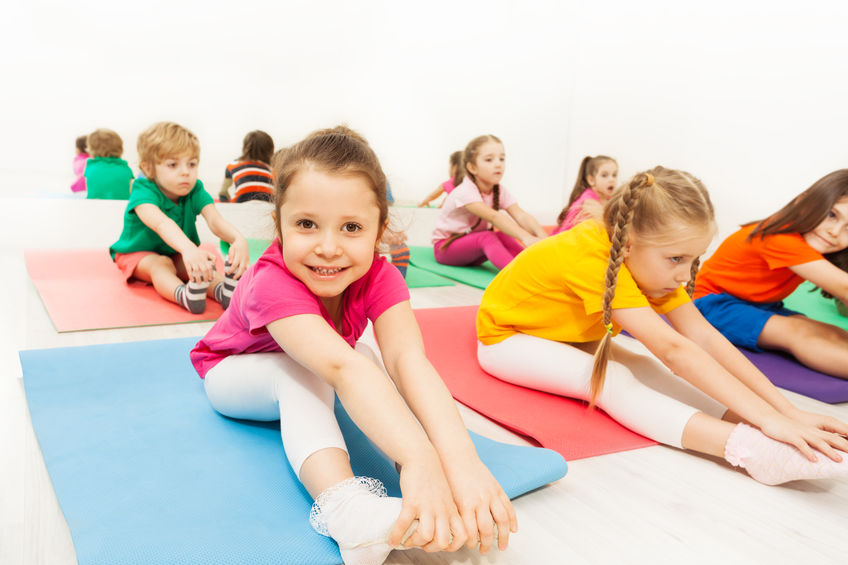
Mindfulness Activities For Kids
Here are some suggestions on suitable mindfulness activities for kids to try with preschool children:
1. Describing emotions
Sit in a circle with the children and ask them to describe different emotions. How does it feel when they are angry, happy or worried? You could prompt them by suggesting that they visualise their emotions as colours, or types of weather.
2. Listening circle
Take a small group of children on a trip to a local park or nature reserve. Sit down in a circle and ask the children to listen out for different sounds. Instead of calling out, ask them to put their hands up when they want to share the sound that they can hear.
3. Looking at clouds
Keep an eye on the weather for this activity, as ideally you need partial cloud cover and a good breeze. Get the children to lie down outside and look up at the clouds (taking care not to look directly at the sun). Ask them to look out for shapes and notice how the clouds change as they move along.
4. Bubble balloon game
Blow up some balloons and play the don’t-touch-the-floor game, but focusing on gentle movements. Pretend that the balloons are bubbles that might pop, so you can only tap them delicately.
5. Texture bag
Put a selection of objects with different shapes and textures into a bag. Get the children to take turns putting their hands in, feeling one of the objects and describing it to the others (without looking at it) in as much detail as possible.
6. Guided relaxation/visualisation
Get the children to lie down on the floor, on comfortable mats. Take them through a guided relaxation exercise (eg focusing on all of their muscles in turn) or guided visualisation story (eg imagining they are lying on a beach). There are plenty of these available to download online.
7. Yoga
Do some research and try some yoga with the children – there are lots of fun moves for preschoolers to practise, for example animal poses. If you’re not confident enough to lead this yourself you could always get a local instructor in (preferably one who is experienced in working with children).
8. Mindful breathing
There are several ways of practising mindful breathing with young children. It works best when combined with some kind of action, for example counting off on one hand as you breathe in and the other hand as you breathe out, or putting your hand on your tummy to feel it moving in and out.


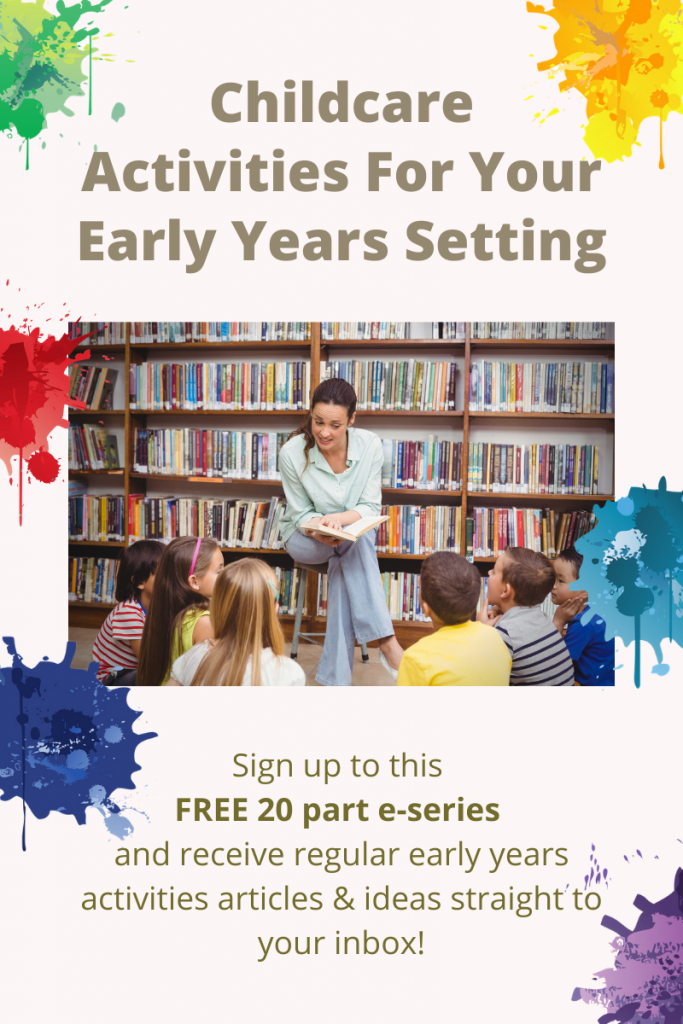
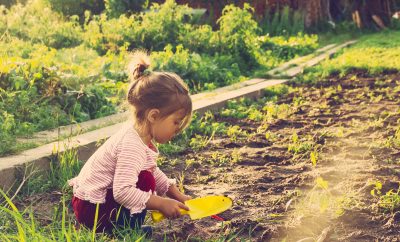
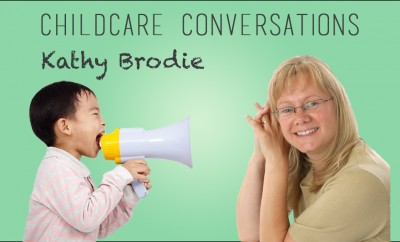
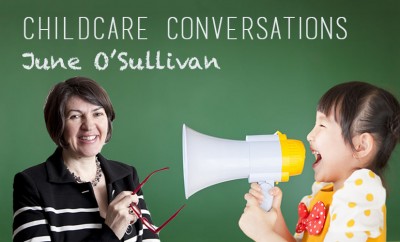

You must be logged in to post a comment Login